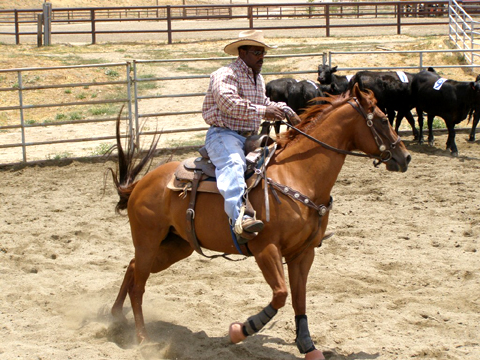
Today’s guest blogger is Rachel Incoll
And the article first appeared on the ezinearticles.com website.
If you’ve been around horses for long enough, you’re sure to have come across one. A horse or pony that just won’t walk calmly when riding out of the arena. In the arena it’s a different story, they walk, trot & canter exactly when you want!
It doesn’t seem to matter if you go out for half an hour or 5 hours, they just never seem to get sick of the jigging…but your bottom definitely does!
The good news is, there’s a few simple things you can do to help put an end to this forever. It is a permanent fix, but by no means an instant solution. Depending on your horse and how long they’ve been doing it for it could take anywhere from a day or 2 to a few weeks or months. The secret is to never give up.
Some horses will walk out calmly, then jig on the way home as they’re keen to get back to their friends at the stables, while others just dance around all the way. It doesn’t matter what your horse does, these methods that I’ve used on countless horses of my own, will work.
The first stepbefore you do anything, is to look at yourself as a rider. Are you calm & relaxed when you ride out or are you a bundle of nerves? Horses are very sensitive creatures and can pick up on the slightest sign of stress in humans. If they know you’re stressed then they’ll be nervous, & jigging can often be a sign of nervousness in the horse.
In some cases, if the rider relaxes, this alone can be enough to transform the horse from a nervous wreck to a calm, enjoyable ride almost overnight.
However, if this doesn’t completely solve your problem, it’s time to move onto step 2 – careful, controlled usage of the outside rein to steady the horse when they start jigging. Many people may often refer to this as a half halt – while similar, it technically isn’t a half halt.
While maintaining a steady, even contact with the mouth through the reins, you need to temporarily shorten the outside rein, then release. This acts as just a little reminder to the horse to steady up and walk.
If your horse doesn’t respond the first time, try it again until they do. When they do walk, reward them with a small pat. With my horses I also try & loosen the reins a little as a reward for their good behaviour.
Whatever you do, you must never jerk the horse’s mouth or be rough with the outside rein when steadying them no matter how long it takes to get the message through. This will only serve to scare them & will simply make your problem a thousand times worse! You need to be firm but gentle at the same time.
If they’re quiet enough, once your horse is starting to listen to you, try releasing the reins a little more when they’re walking. The aim is to make it very clear to them, that if they’re good and do what we ask, when we ask, then we’ll leave them alone as much as possible.
Personally I like to give my horses a loose rein when riding out all the time, only taking up a contact when in the arena and they need to work. The time riding out is their time for a break!
I have found this technique incredibly effective with any horse I’ve been given for retraining, including ex racehorses that only want to jig or gallop, especially on a long, straight dirt road. When done correctly, you should start seeing some improvement within days. So start with your horse today!
